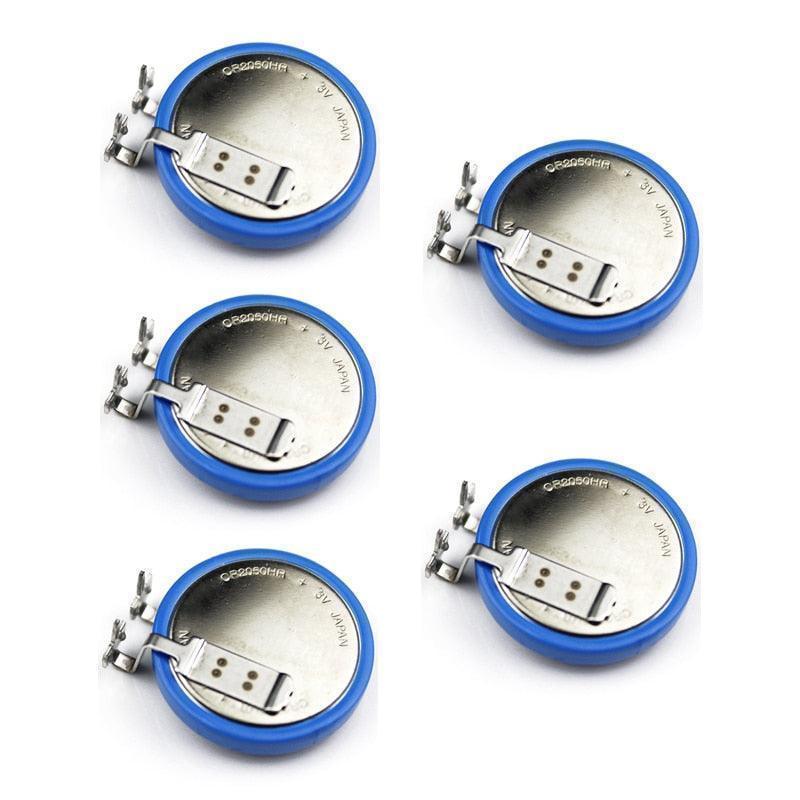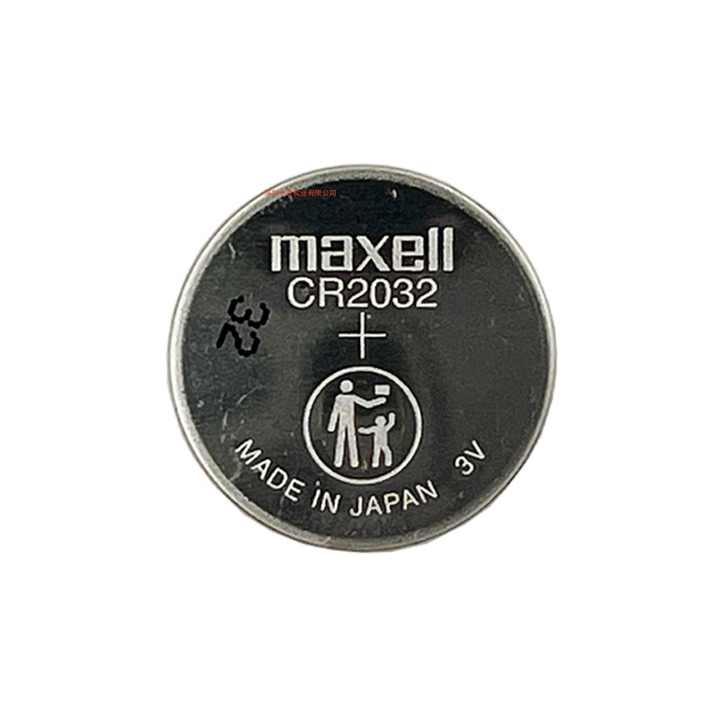Button batteries are small, round batteries that are essential components in many electronic devices we use daily. From toys and watches to remote controls and small gadgets, these batteries are incredibly useful. However, despite their convenience, button batteries can pose significant safety risks, particularly to young children. Accidental ingestion can lead to severe health consequences, including chemical burns and internal damage. Therefore, it’s crucial for parents, caregivers, and everyone around young children to be keenly aware of the risks associated with button battery. This article delves into the safety concerns of button battery and presents practical measures to prevent accidental ingestion, ensuring the safety of our children.
Understanding the Risks of Button Batteries
Health Hazards
Button batteries represent a serious health hazard, particularly for children under the age of six, who are often naturally curious and explore objects by putting them in their mouths. If swallowed, these small batteries can lodge in the esophagus, leading to severe injuries. Upon contact with bodily fluids, such as saliva, the battery can create an electric current that causes chemical burns. These burns can develop rapidly; in fact, they can begin to inflict damage in less than two hours. If the ingestion is not addressed quickly, the situation can lead to permanent damage, possibly requiring surgical intervention to remove the battery and repair the resulting injuries. Parents should recognize that even if their child appears completely asymptomatic after suspected ingestion, immediate medical attention is necessary, as symptoms might not manifest right away.
Increasing Incidents
The number of button battery ingestion incidents has unfortunately been on the rise, with more reports surfacing in emergency rooms across the nation. Hospitals have seen a growing number of visits related to this specific problem, which raises alarm regarding the safety of these batteries. The increase correlates with the widespread use of button batteries in consumer products, especially in toys and electronics designed for children. Many families may not be aware that common items like musical greeting cards, toys with lights and sounds, and even household devices can contain these small batteries. This lack of awareness contributes to the frequency of incidents, underscoring the importance of education about the potential dangers button batteries pose to young children.

Identifying Common Sources of Button Batteries
Common Household Items
Recognizing where button batteries are commonly found in the home is key to preventing accidents. Toys are one of the most frequent sources, particularly electronic toys designed for young children that require power to operate. Many popular toys incorporate button batteries, powering features like sounds, lights, or engaging interactive capabilities that entertain kids. Beyond toys, electronic devices such as watches, car key fobs, calculators, cameras, and even scales can contain button batteries. Some decorative items, like remote-controlled candles, LED lights, and singing birthday cards, are also potential culprits. As their prevalence in everyday items continues to rise, understanding where these batteries might be found is essential for effective safety measures.
Locations to Inspect
To safeguard your children from potential ingestions, take the initiative to inspect your home for locations where button batteries might be present. Start by looking through storage areas, including closets and toy bins, where electronic toys may be placed. Check items that you might not use frequently but contain batteries, as they can easily be overlooked. Be vigilant with decorative displays, ensuring that any remote-controlled lights or gadgets are stored securely. Regularly evaluating and considering the locations where these potentially dangerous items are stored will allow you to create a safer environment and significantly reduce the risk of accidental ingestion.

Implementing Safety Measures at Home
Secure Storage for Batteries
An effective method of preventing accidental ingestion is ensuring that all batteries are stored securely out of reach of children. Household batteries, particularly spare button batteries, should always be kept in a locked cabinet or a designated container placed well above the reach of curious little hands. Many parents purchase lockable storage bins specifically for batteries, which not only adds an extra layer of safety but also helps with organization. Educating family members about the importance of keeping batteries secure is crucial; everyone should understand the potential dangers and the need to be vigilant. Additionally, encourage children to ask for assistance when they encounter items that require batteries, reinforcing the concept that batteries are not toys and should always be handled by an adult.
Educating Children
Education is an essential component of any safety strategy. Teaching children about the dangers associated with button batteries can empower them to make safer choices as they navigate their environment. Use age-appropriate language to explain that these batteries are not toys and must never be placed in their mouths. You might even want to engage them with simple stories or illustrations to communicate the message clearly. Reinforce safety messages often—perhaps during routine activities like cleaning up or playing with toys—to keep the information fresh in their minds. This proactive approach is vital, as children learn best through repetition and reinforcement. Ensuring they understand the risks will help instill an awareness that will protect them over time.

Taking Precautions When Using Devices
Inspect Toys and Gadgets
Regular inspection of toys and gadgets can go a long way toward ensuring safety in your home. Check that the battery compartment is not easily accessible and that it closes securely. Battery compartments should be designed to require a tool for access or be equipped with screws rather than simple clips, which children can easily manipulate. If you find any broken or loose compartments, remove any batteries immediately and dispose of them properly. If a toy or device has an insecure compartment, consider its safety risks before allowing your child to use it. Take the opportunity to highlight how to take care of toys properly, reinforcing that damaged items are not safe for play.
Use Child-Resistant Design
Investing in products with child-resistant battery compartments significantly enhances safety. When purchasing toys or electronic devices, look for those that explicitly state they feature child-safe mechanisms. Many manufacturers now understand the risks posed by button batteries and are designing toys that prioritize child safety. Features might include compartments that require tools or a level of dexterity only adults possess to open. By selecting products tailored for safety, you lower the risk of children accidentally accessing and potentially swallowing a battery. Additionally, manufacturers that prioritize safety often go the extra mile in providing quality products, offering peace of mind along with functionality.
Supervise Playtime
Supervision is key during playtime when children are using electronic devices. Keeping a close eye on your child while they play with toys containing button batteries can prevent accidents before they happen. Ensure that devices are used according to manufacturer guidelines, and instruct children on appropriate usage. Create a designated play area where toys with batteries are stored, and only allow access during supervised playtime. This practice discourages unsupervised exploration of potentially dangerous items while reinforcing the importance of safe play. By promoting supervision as a norm, parents foster a culture of safety that helps protect children.

What to Do in Case of Accidental Ingestion
Recognizing Symptoms
It is vital for parents to be equipped with knowledge about the potential symptoms of button battery ingestion. Recognizing initial signs can lead to faster intervention. Symptoms can include coughing, gagging, a feeling of something lodged in the throat, chest pain, vomiting, or abdominal discomfort. Occasionally, children may not display symptoms until substantial damage has occurred, which is why awareness is paramount. Some children might exhibit behavior changes or become unusually irritable, which can also serve as a subtle hint. The earlier the symptoms are recognized, the quicker the response can be mobilized in potentially dangerous situations.
Seek Immediate Medical Attention
If you suspect that your child has ingested a button battery, immediate medical assistance is crucial. Regardless of how your child appears and whether symptoms are evident, do not hesitate to seek help. Call your healthcare provider or head to the nearest emergency room. Time is of the essence in such situations since swift medical intervention can prevent severe internal damage. If possible, inform medical professionals about the type and size of the battery your child may have ingested. This information will guide healthcare providers as they determine the best course of action for treatment.
Do Not Induce Vomiting
It’s essential to know that you should never attempt to induce vomiting if you believe your child has swallowed a button battery. Doing so can lead to further complications, including additional injuries as the battery re-enters the esophagus. Instead, let healthcare professionals manage the situation. They have the expertise and resources to handle such emergencies effectively and safely. Avoid home remedies or advice from unverified sources, as these can put your child at further risk.

Promoting Awareness and Advocacy
Community Awareness Campaigns
Promoting awareness about button battery safety can help prevent accidental ingestions in broader contexts beyond the immediate home. Consider collaborating with local community centers, schools, or health organizations. You can run educational campaigns to inform parents about the risks of button batteries. Organizing workshops provides opportunities to engage the community. Distributing informational pamphlets can also help spread awareness. Featuring safety talks offers additional chances to share important information. These efforts can significantly impact family safety. Engaging with parents and caregivers in your community creates a shared responsibility, as everyone plays a role in protecting children.
Collaborating with Manufacturers
Advocacy for safer products extends beyond individual awareness to include urging manufacturers to prioritize child safety in their designs. Write letters or create petitions to voice concerns about button battery safety to companies that produce toys and electronic devices. Encourage manufacturers to develop child-resistant designs and improve labeling on products containing button batteries. Collaborating with advocacy groups focused on child safety can amplify efforts and bring attention to this pressing issue. By uniting voices, you increase the chances of meaningful changes within the industry, ultimately ensuring that safer designs become the standard.
Conclusion
Button battery bring convenience to many aspects of our daily lives, but they can also pose hidden dangers, especially to children. Understanding the risks, identifying sources, and implementing proactive safety measures can significantly mitigate the chances of accidental ingestion. Through careful inspection of toys, educating children, and promoting responsible behavior around devices that use button batteries, parents can create a safer environment for their families.
In the unfortunate event of ingestion, knowing the appropriate steps to take can save lives. As a society, we must continue to raise awareness and advocate for safer designs that protect our children. Together, we can educate ourselves and take action. By doing so, we can create an environment where families enjoy the advantages of modern technology. This can be achieved without the hidden dangers posed by button batteries. Let’s prioritize safety and work collectively. Our goal is to ensure that our homes remain secure places for our children to explore and grow.
